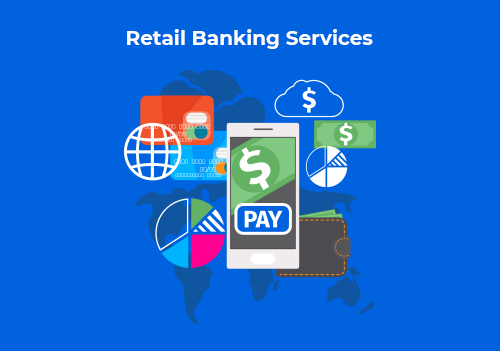Retail banking is at crossroads given the tectonic technology forces and the altered consumer behaviors post-pandemic. Before the year is up, expect leading retail banks to do more of the following.
- Realigning their technology investments to enhance omnichannel and hyper-personalized customer offerings.
- Increase cross-selling and up-selling to existing customers and focus on retention equally to customer acquisition.
- Increase customer deposits rather than play the “rate” game.
- Elevate their digital marketing efforts across social media and user-generated content.
- Clear obstacles that prevent ecosystem partnerships, including Fintechs.
What does the future look like?
Even though strict regulations and new technologies continue to affect the Retail Banking industry, it may be that the biggest challenge for the industry is to keep up with customers’ fast-changing needs. Today, banks have a new type of customer: one who expects the same level of customer service from both banking and non-banking industries as he would from new digital consumer platforms.
Top challenges in the retail banking industry
Putting the customer back into the center.
A customer’s relationship with a bank has many crucial touch points where decisions need to be made, such as when the customer first signs up or when a problem needs to be fixed. Four customers rely on their Relationship Managers (RMs) and Customer Service Managers (CSMs) to research and choose the right products. With the advent of self-service channels, banks must reclaim their legacy customer “touch” by building a ‘Customer Centricity’ culture. While 75% of the largest retail biggest banks claim to be taking proactive steps in that direction, many others are yet to start.
Where is the ‘human’ in personalized service?
Every traditional retail bank finds it tough to offer customers a unique and personalized experience. When it comes to online banking, this is even harder to do. Most banking apps have a standard interface that doesn’t respond to specific questions. Also, the rise of Virtual RMs (VRMs) has given consumers another reason to be annoyed since they get calls from VRMs when they don’t need help. VRMs often don’t get to know the customer well enough or keep the call going long enough to find out what they need or how well they know the customer’s banking history.
The ‘old’ obstructs the ‘new.’
Most banking departments, specifically the marketers, can’t get the information they need to send targeted marketing messages. The data is stored in old systems, which makes it hard for different departments to share information. These old systems weren’t made for the digital marketing world of today. Banks need to put money into new IT systems so that marketers can get a 360-degree picture of their customers – behaviors, life situation, risk tolerance, and prior investment or financial history.
The competition only grows.
Along with the above, the past years have seen exponential competition – Fintechs, challenger banks, and neo banks – pressuring legacy FIs to change their traditional processes and platforms. As start-ups proliferate with niche products and seamless CX, incumbents are left with few options other than to embrace digital transformations that may not be well thought through or in line with business vision. This can prove to be a formidable challenge down the road.

Vital questions for the future
Given the described challenges retail banks face in 2022, the questions below offer a quick way to map out the concerns.
- Is the bank’s business model centered on the customer?
- Are the ways business is done today hard to understand?
- Is the technology used outmoded? Or does it predict customer problems before they occur?
- Where is the ‘human’ experience in retail banking? Is it face-to-face or stuck up behind processes and platforms?
- Are customers getting enough value for their investments and efforts? Are they interested enough?
- Are there proactive ways to prevent cybercrime, and are these deterrent actions known to customers?











